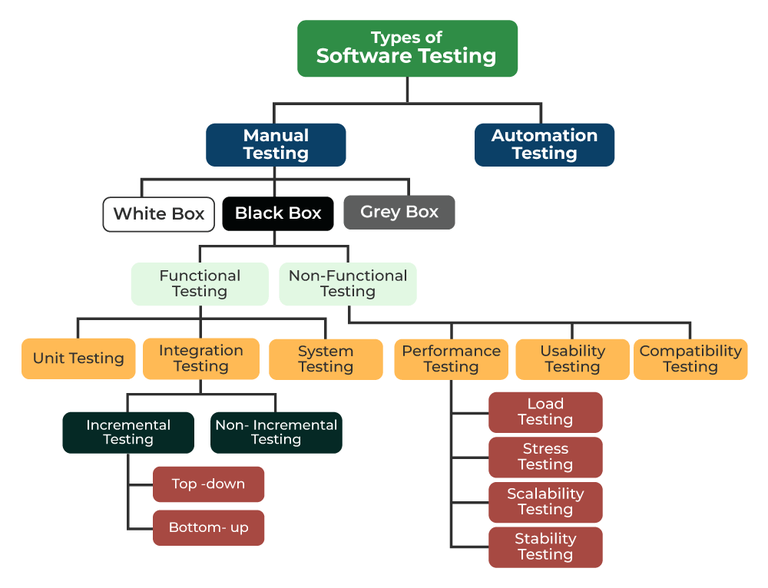11 Data Structures Every Developer Should Know
29 January 2025

Ensuring the quality and reliability of Java applications is crucial for successful software development. The testing pyramid and various testing frameworks play a vital role in achieving this goal. This guide provides an overview of the testing pyramid followed by a detailed explanation of five popular Java testing frameworks.
The testing pyramid is a concept that guides the strategy for test automation in software development. It emphasizes the importance of a balanced approach to testing, with a strong foundation of unit tests and a smaller number of higher-level tests.
Unit Tests: Form the base of the pyramid, focusing on individual components of the code. They are fast, reliable, and provide immediate feedback.
Integration Tests: Ensure that different components of the application work together as expected. They are broader in scope than unit tests but still relatively fast and reliable.
End-to-End Tests: Test the entire application workflow from start to finish, ensuring that the system as a whole meets the requirements. These tests are slower and more complex but crucial for catching issues that may not be evident in isolated components.
UI Tests: Represent the top layer of the pyramid, focusing on testing the user interface. These tests are the most brittle and time-consuming, but they are essential for ensuring a positive user experience.
To effectively implement the testing pyramid, it's important to choose the right testing frameworks. Here are five popular Java testing frameworks, each with its unique strengths and purposes.
Purpose: Widely used for unit testing.
Features: Simple, user-friendly, and integrates well with development tools.
Usage: Ideal for writing and running repeatable tests, ensuring that individual parts of the code (units) function correctly.
Purpose: Supports various testing categories.
Features: Flexible, scalable, and suitable for both simple and complex tests.
Usage: Offers advanced functionalities such as parallel testing, data-driven testing, and comprehensive reporting, making it a versatile choice for different testing needs.
Purpose: Automation framework for web browsers.
Features: Cross-platform support, integrates with TestNG/JUnit, and has strong community support.
Usage: Essential for automating web application testing, ensuring that web interfaces function as expected across different browsers and platforms.
Purpose: Behavior-driven development (BDD) tool.
Features: Enhances communication with non-technical stakeholders.
Usage: Uses plain language specifications to write tests, which helps bridge the gap between developers and business stakeholders by making test cases more understandable.
Purpose: Mocking framework for unit tests.
Features: Easy to use, reduces boilerplate code, and integrates with JUnit/TestNG.
Usage: Useful for creating mock objects in unit tests, allowing developers to test parts of the code in isolation without relying on external dependencies.